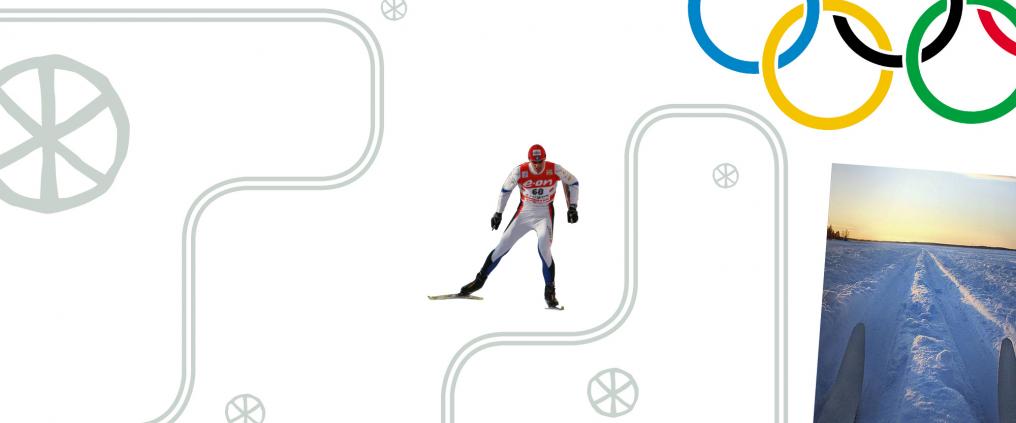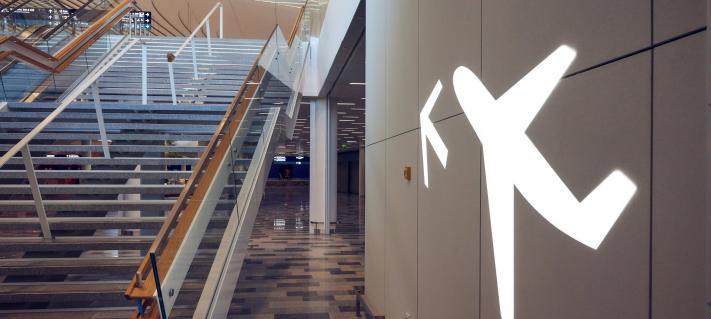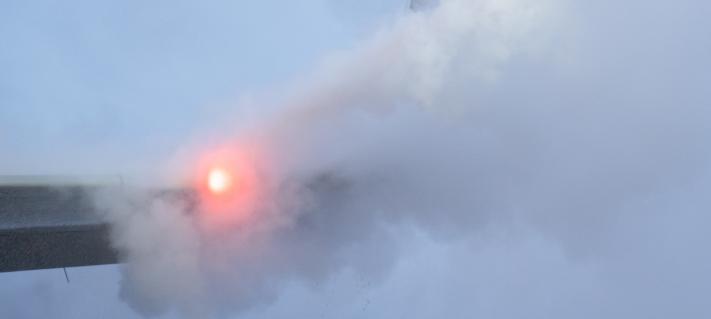Discoveries on top of the snow
Before records began, skiing developed naturally as people tried to find easier ways of moving about on snowy terrain. Wooden skis dating back some five thousand years have been discovered in swamps in the Nordic region. Those early skiers used one long and one short ski, with one pole for additional guidance. This may have been rudimentary gear but was still of great help in making one's way through the wilderness without the benefit of roads.
Heroes of the snowy track
Competitiveness is part of human nature. The Olympic movement motto 'Citius, Altius, Fortius' – meaning 'faster, higher, stronger' – applies equally well for cross-country skiing in particular. The discipline was part of the first winter Olympic games, held in Chamonix, France, in 1924. The winner of the men's 50‑kilometre event at those games was Norway's Thorleif Haug, with a time of 3.44.32. The timing sheets from those early Winter Olympics resemble those of more modern games: the top four places were taken by Norwegian athletes. One thing has changed, however – speeds have become considerably higher since Haug's day, and times have fallen dramatically. In the last winter games, held in Vancouver, Canada, in 2010, this distance was conquered by another Norwegian, Petter Northug, with a time of 2.05.35.
Women out on the trail
Women's skiing featured in the Olympic Games for the first time in 1952 in Oslo, Norway. In the 10‑kilometre event, Finland took home all three medals, with Lydia Wideman clocking 41.40. In the 2010 games, Sweden's Charlotte Kalla covered the same distance in 24.58 to take the gold.
Making new tracks
Even though people have been skiing for thousands of years and been competing on skis for a long time, new realisations and discoveries still arise from time to time. A while ago, the American Bill Koch came up with something that revolutionised the skiing world: he showed that the most efficient way of skiing is not to kick straight back but to move one's feet diagonally backward and to the side! Although his new style was perplexing, Koch managed to beat many favourites and take silver in the 30-kilometre race at the Innsbruck games in 1976. Since then, skiing competitions have included both classic and free-style events.
As a matter of fact, the style Koch introduced to the Olympic Games was by no means new. It had been employed especially in long-distance competitions. Finland's Pauli Siitonen is considered its father,and in Central Europe it was long referred to as Siitonen-schritt.
Advances in equipment development
In 1974, in Falun's World Championships, skiers using newly developed fibreglass skis proved to be faster than fitter competitors on traditional wooden skis – so much so that fibreglass soon rose to become the most common material for skis. The newest of the new today are 'nano skis' that do not require any wax for maintaining their glide and grip.
Efficient exercise
Skiing uses the energy from food very efficiently. It is also good for the body, strengthening the muscles of the upper body in particular and improving oxygen uptake. Besides giving you a good workout, other key benefits are the opportunity to enjoy outdoor activities and admire the beauty of nature in winter. All of this can be found as close as 20 kilometres from the centre of Helsinki, in the Talihina area. For added convenience, skis can be hired on the site.
Even Lapland's renowned skiing tracks aren't that far away: it takes only a little over an hour to fly to Lapland from Helsinki Airport.
Text: Sami Laakso
Photo: iStockphoto, Wikimedia



